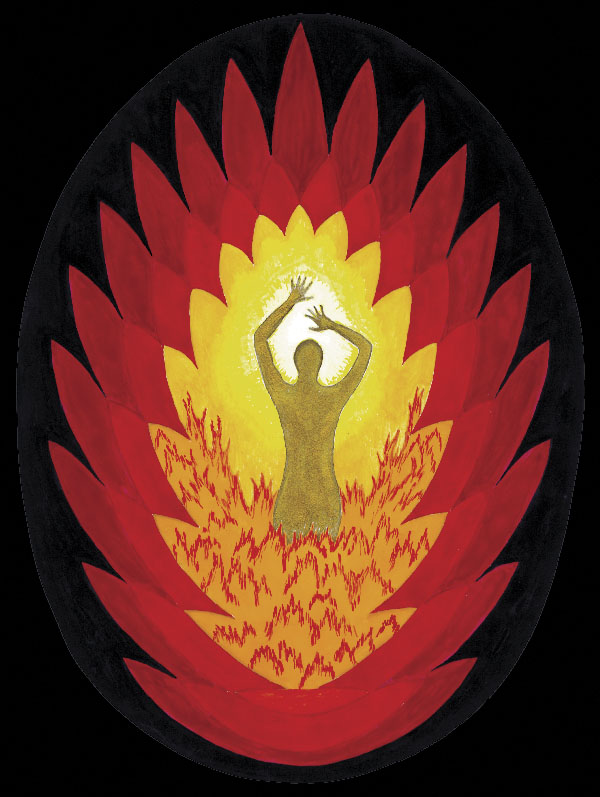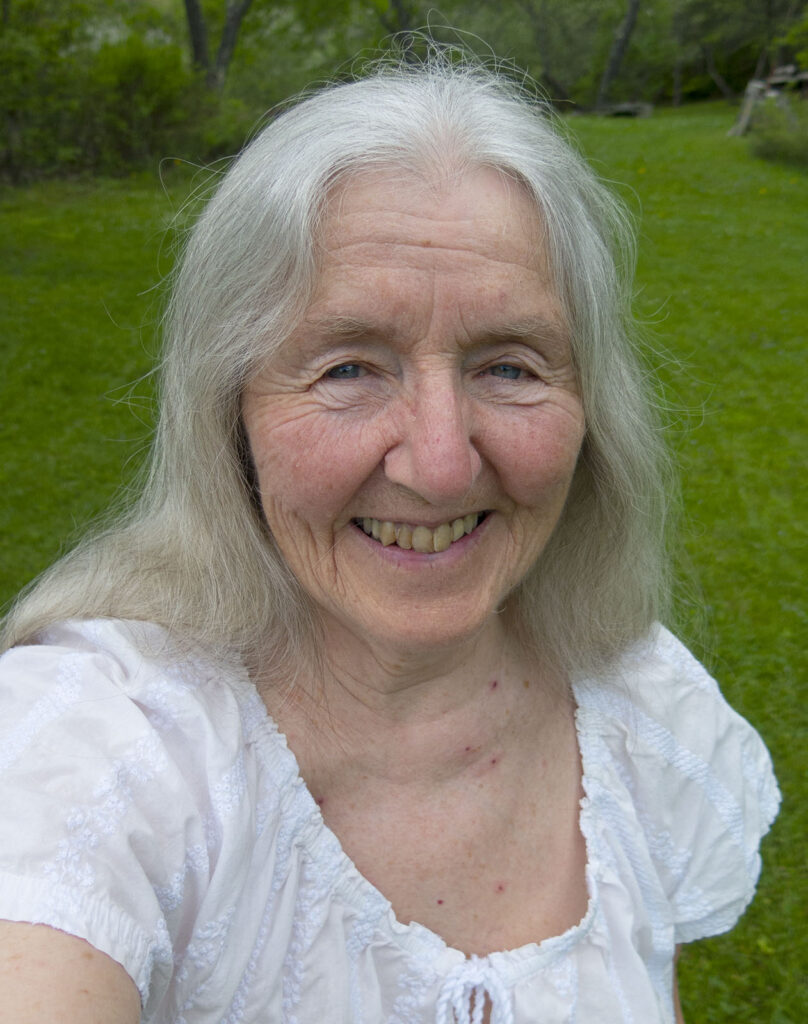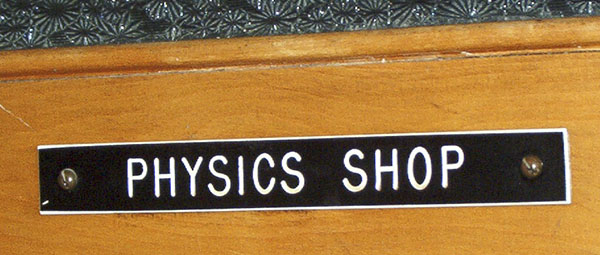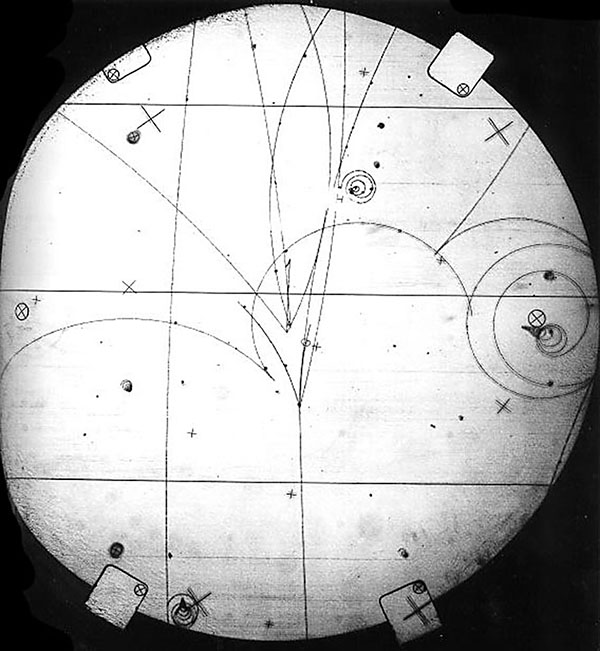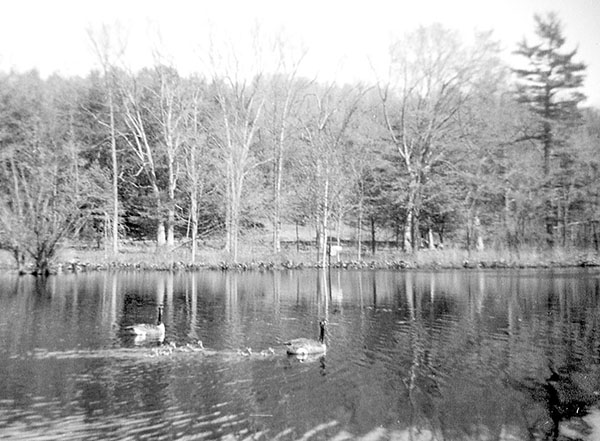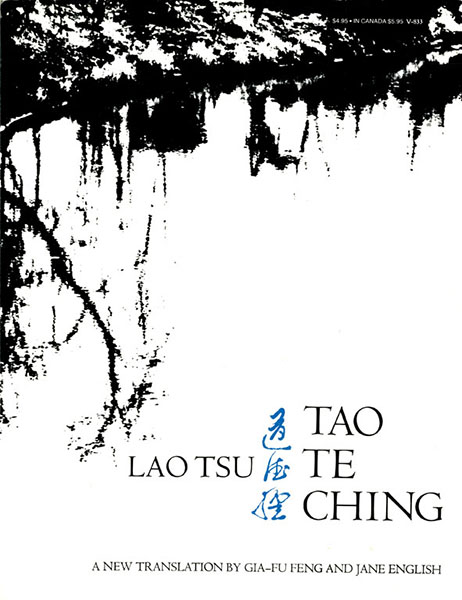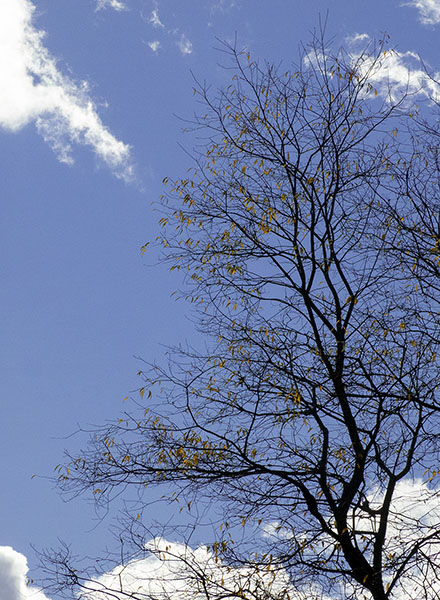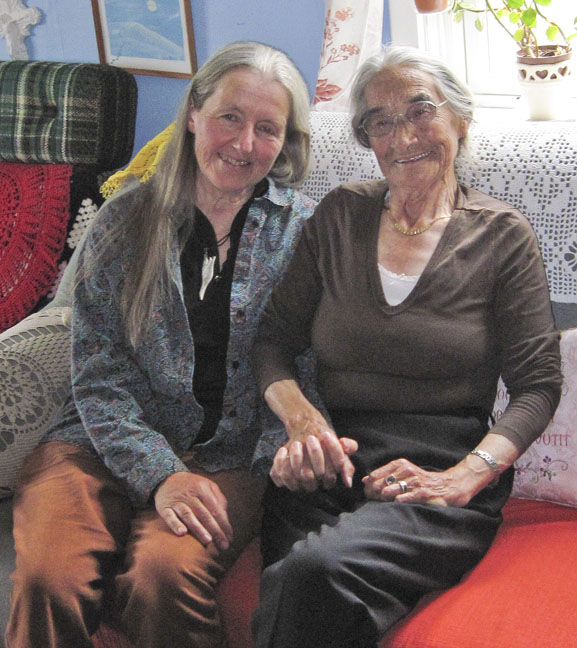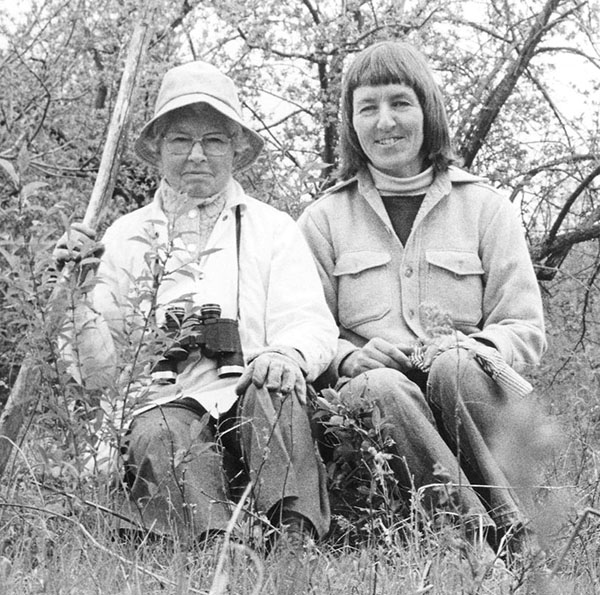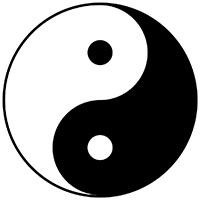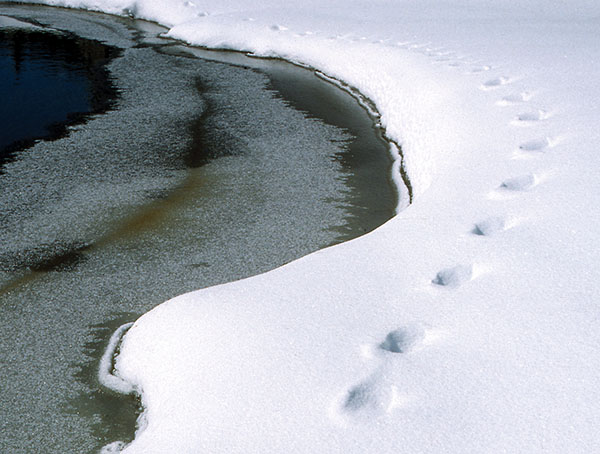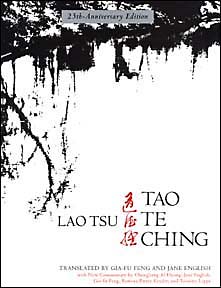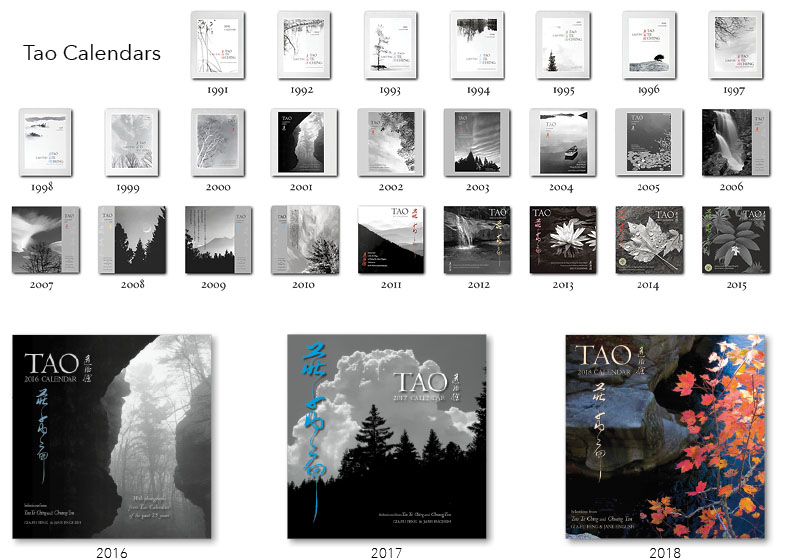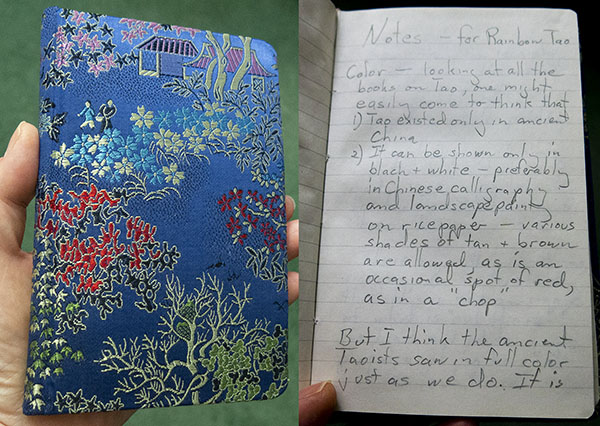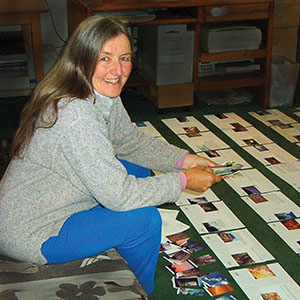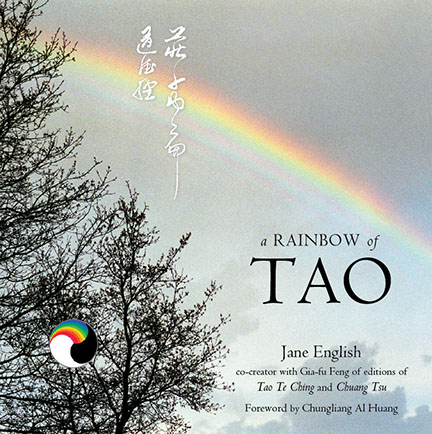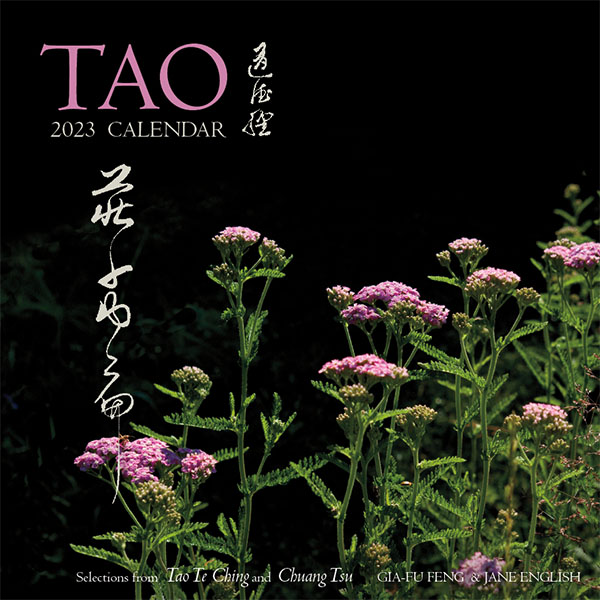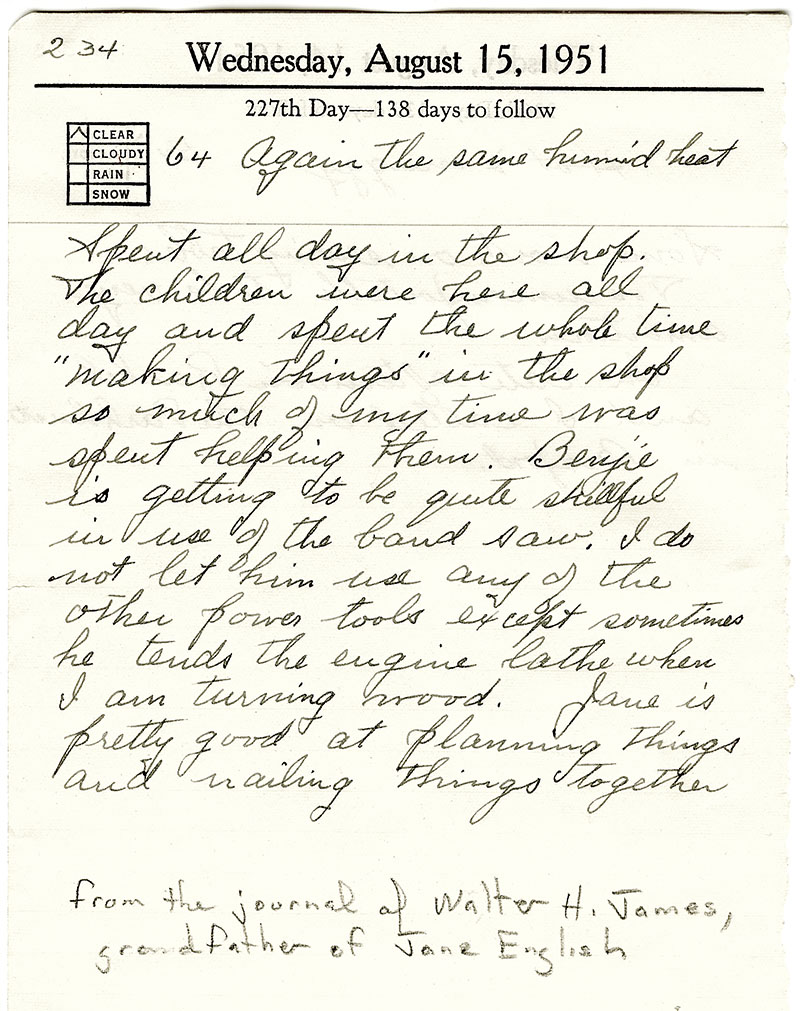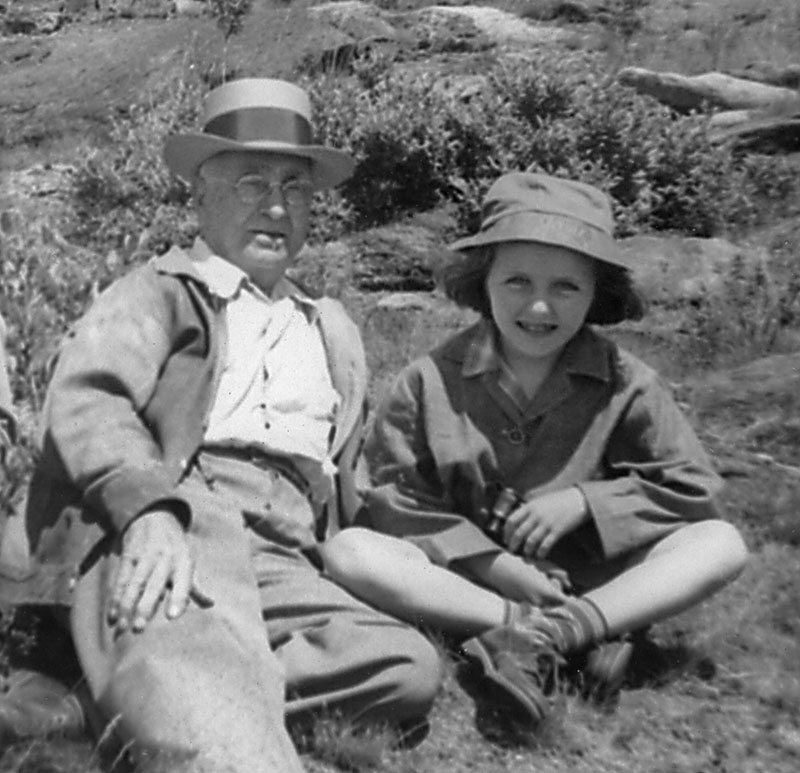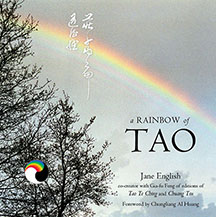This is the first book review I have written since I was in the 8th grade in the mid-1950’s! I enjoyed making it and hope you enjoy reading it.
Book Review by Jane English, Ph.D.
The Inner Work of Age: Shifting from Role to Soul by Connie Zweig, Ph.D.
isbn 9781644113400
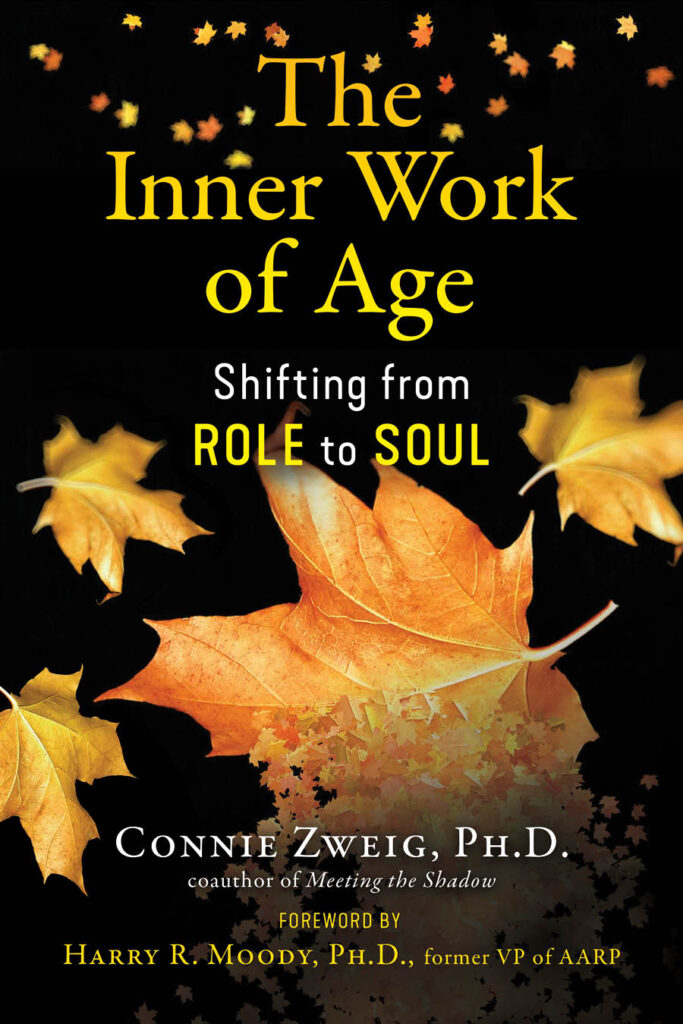
When you pick up Connie Zweig’s new book, The Inner Work of Age: Shifting from Role to Soul, you will have a choice: either read it straight through for the vast amount of information it contains, or let it work on you as you take in the many wise voices she has incorporated into this finely crafted work. If you do the latter, you can follow her occasional suggestions to pause in your reading and look within, following the prompts she outlines.
Knowing that I needed to write a review in a timely way I found myself using a bit of both approaches. I intend to go back and take a deeper dive into the inner work she suggests. This is not just a “book to read” but is a journey to live and to savor.
But first, who is it that is writing this review? Living in Vermont, I am single and childless, and will be 80 on my next birthday. I have been involved in the world of book publishing for almost 50 years—writing, illustrating books and calendars with my nature photographs, including a best-selling edition of the Chinese classic Tao Te Ching, and even publishing a few books and calendars myself. Being born in 1942, I am not a “baby boomer” like Connie, but I am part of the fairly small cohort of “war babies” born during World War II. And I am younger than many of the “wise elders” she interviewed for the book, though I also knew and learned from some of them.
Connie’s book spoke to me immediately, even before I read it. This was not only because back in the 1980’s she and I moved in some of the same circles in the San Francisco Bay Area, but also because the title intrigued me and seemed relevant to my stage of life. A couple of years ago I dreamed of a fortune cookie message that said, “Work really hard acquiring—things, experiences, knowledge, wisdom—then let it all go and be a spiritual bum.” It seemed to me that Connie and I might be thinking along similar lines; I delight in finding a sister-traveler.
I write this review not as an objective scientist but as a person who has, like all of us, lived a unique path. What follows are notes I made while reading the book—ideas I appreciated, as well as things I questioned. These notes can serve both as harmony and as counterpoint to your own experience of reading the book.
As the beautifully designed book cover with its brightly colored autumn leaves implies this is a book for those of us in the later part of our lives. It is also an important book for younger people that will help them understand their older friends and relatives who, rather than just growing old, journey from adulthood to elderhood.
Her prior books about the unconscious shadow within all of us inform this work, as she guides us to meet the shadows of age. For instance, she explores how to repair the “inner ageist” we each carry, as a result of living in a sea of institutional ageism. This shadow character, typically an unconscious part of ourselves, does not allow us to feel self-acceptance as we age.
There were places I did not fit into her framework – no jobs so no “retirement”, not married, no children, born non-labor cesarean so did not as thoroughly forget the world of spirit from which we “die” while being born. (that is a whole other story – see cesareanvoices.com) In a classic non-labor cesarean way of making change quickly, I at times became impatient with the step-by-step process of shadow work she suggests. I found myself thinking of the Greek story of cleaning the Augean stables by diverting a river to run through them, rather than removing the manure one shovelful at a time. Also, I have carried the belief that because I didn’t have a “normal” adulthood with marriage and children I am not worthy of being an elder, didn’t experience the “prerequisites.” But while reading this book I did not feel judged about these things. Connie’s openness and inclusiveness and interconnectedness had me feeling included in spite of my differences.
In her chapter on illness, I found myself full of gratitude for this sturdy little woman body I have been blessed with. And illness will come, just not right now. Physical strength and health can also be an obstacle; I hope to use them well without identifying with them.
Connie also describes the shift with age from doing to being, or role to soul. She offers contemplative practices that turn our attention from “the doer” within us to a deeper spiritual identity beyond achievement, success, and image. Interestingly, she points out that meditation is not selfish; it reduces the chaos in our world and thus is actually of service to others.
She speaks of how older people are not valued in our modern world. I have had the good fortune for about 50 years to have been around indigenous people in whose cultures Elders are valued. One unexplored thing I would have liked to see more of in this book is an exploration of elderhood among indigenous peoples.
The interconnectedness of everything, not just theoretical but lived, is a theme that runs through the book. In the chapter on spiritual repair, she speaks of transcending all religious forms and practices. I felt relieved to hear someone speaking of this. As I well know from my own journey all spiritual paths and leaders have shadow sides. The practices are good for a while but can be moved beyond. I once heard it put as, “Once you have used a ladder to climb a cliff, you do not need to keep carrying the ladder with you.”
One other thing I noticed while reading was how serious she was. Where was the lightness and laughter? Then finally on page 237 she speaks of a moment of enlightenment in which she finds herself grinning.
I continue my own journey with this book and encourage you and your friends to embark on your own adventures with it.

